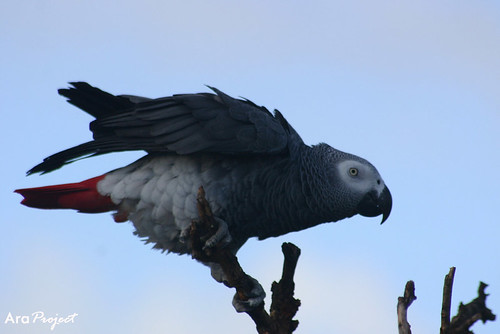Illegal trade in African parrots has led to a conservationist turning to DNA to save the species from extinction.
University of KwaZulu-Natal zoologist and biological science researcher Mike Perrin said yesterday illegal traders could be nabbed when the origins of stolen birds were traced by molecular genetics and DNA sequencing.
Illegal traders, claiming they bred parrots, could be caught out when DNA showed the birds may have been snatched from nests in the wild.
"Several types of African parrots from Mauritius, the Seychelles and Uganda have become extinct. Some of those were similar to the rose-ringed parakeets which fly around the country's cities, including Johannesburg. Others were very different, such as the raven or broad-billed parrots, which spent much of their time on the ground.
"Molecular genetics and DNA sequencing enables us to separate closely-related species or kinds of parrots, shed light on their evolution, and allows us to identify individual birds' fingerprints and parenthood which helps to prevent illegal trading in parrots."
Perrin believes the illegal parrot trade is growing as people are willing to pay R750 to R3000 for a bird.
Apart from helping identify parenthood, molecular genetics research helped identify avian disease threatening the birds.
"The research continues with a conservation biology study of lilian's lovebirds in Malawi and a study of urban colonisation of African grey parrots in Uganda."
Perrin is liaising with the South African National Biodiversity Institute and the Convention on International Trade in Endangered Species of Wild Fauna and Flora to get a better grip on the illegal trade in African parrots.
